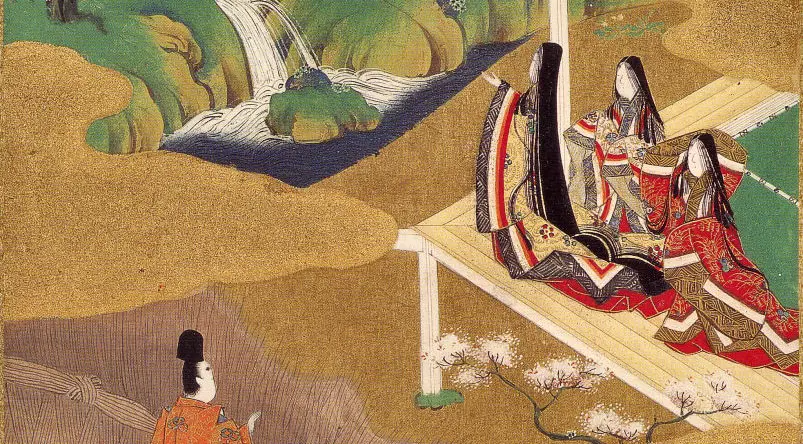If you want to understand Japan, it helps to know about the Classical Era in Japanese history.
The Classical Era could be considered one of the historic building blocks upon which Japan was built.
During this period, Japan borrowed a lot of Chinese culture, and then modified it into something uniquely Japanese. This period also saw the introduction of Buddhism, one of Japan’s main religions.
Let’s take a closer look at this period.
Table of contents
- Classical Era Summary
- Buddhism Arrives
- Adapting Chinese Culture
- Native Culture Grows
- Classical Japan Comes to an End
Classical Era Summary
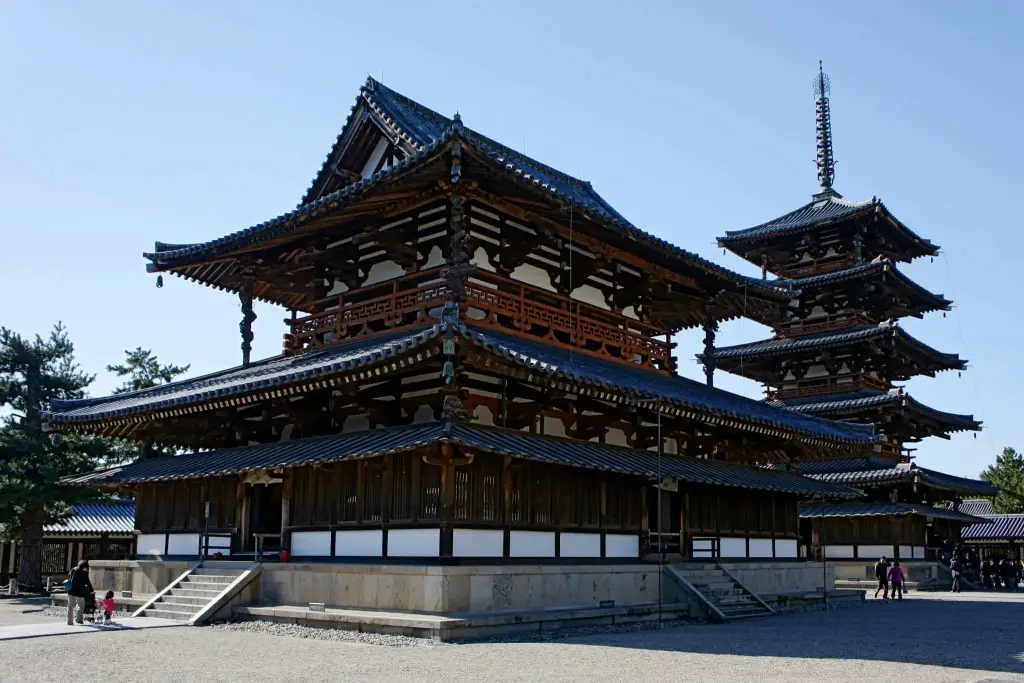
Generally speaking, the Classical Era in Japan took place between the years 538 and 1185. This 600-year era can also be divided into three periods — the Asuka, Nara, and Heian periods. (Arguably, you could also include the late Kofun Period as well.) While these periods have distinct characteristics, they can be easily lumped together as “Classical Japan.”
The era comes right after Japan’s Prehistoric and Ancient periods, when a collection of agricultural tribes immigrated from continental Asia, and unified into a single civilized nation. This new country was led by the Yamato clan — ancestors to today’s Japanese imperial household.
During the Classical Era, Japan saw many changes, including the arrival of a new religion, Buddhism. Japan also borrowed and adapted a lot of ideas from China. While Chinese culture had affected Japan’s development from the very beginning, this influence reached a peak during this period.
However, by the end of the Classical Era, Chinese influence would decline, as Japan started to explore native ways of doing things.
Eventually, Classical Japan would give way to the Medieval Era of samurai, and military leaders.
(Note: There are no fixed borders in history. When you go this far back in time, historical and mythological events sometimes start to blend together, and some dates become fuzzy. In some cases, “known history” may be in dispute. We will try to use the most accurate information we can find.)
Buddhism Arrives
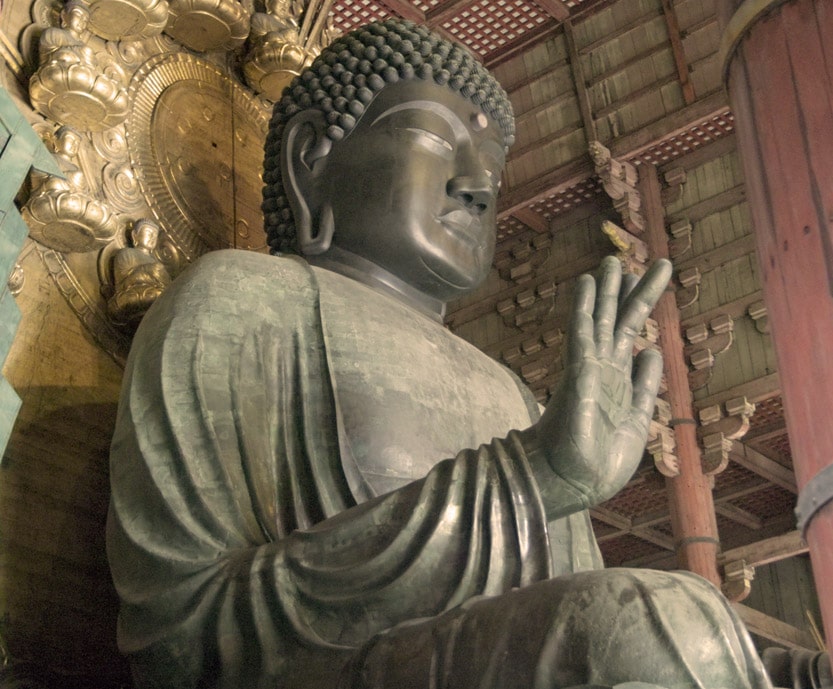
At the beginning of the Asuka Period (538-710), Buddhism officially arrived in Japan for the first time.
Although Buddhism was founded in India around 400 BCE, missionaries and monks spread it around East Asia, with various sects branching off.
The religion emphasizes moderation and following the right path, but it doesn’t require a supreme being. This lack of a god helped it adapt to local beliefs and customs; and probably helped it grow in Japan, which already had Shinto.
The first Buddhists in Japan were probably Korean, beginning with a Baekje (Korean) Kingdom mission in 552.
In turn, the Koreans had gotten Mahayana Buddhism from the Chinese. Various strains of both Chinese and Korean Buddhism influenced Japanese Buddhism.
The new religion first entered Classical Japan through the Imperial court, especially the aristocratic Soga clan, and regent/ politician Prince Shotoku (574-622). According to legend, Shotoku may have met Bodhidharma (a.k.a. Daruma), founder of the sect that would evolve into Japanese Zen.
Nara and Heian Buddhism
During the Nara Period (710-794), Buddhism grew as a de facto, if not quite official, state religion. Several temples and pagodas which are now tourist attractions in Nara were built during this time, including the giant bronze Daibutsu at Todai-ji (shown above).
Finally, during the Heian Period (794-1185), a couple of new Buddhist sects gained followers — Shingon and Tendai.
Shingon, a type of tantric or esoteric Buddhism, emphasized the use of art, mandalas, meditation, and rituals. Tendai, or Lotus School, was also esoteric, but it emphasized studying the Lotus Sutra. It also sought unity in the diverse forms of Buddhism. Although Tendai declined during the Medieval era, its teachings would influence Jodo “Pure Land” Buddhism, Nichiren, Zen, and the syncretic combination of Shinto and Buddhism.
Adapting Chinese Culture

Imperial China had come into contact with Japan prior to the Classical Era. Chinese immigrants and official Chinese ambassadors, as well as Japanese envoys to China, helped spread Chinese culture to Japan.
However, during the Classical Era, Japan adapted a lot of ideas from China — ideas which still affect Japan today.
We’ve already seen how Chinese Buddhism affected Classical Japan. Japan also borrowed and adapted ideas about government, language, architecture, and more from China.
For example, Japanese people had encountered Chinese writing during the Yayoi Period (300 BCE-300 CE), and probably started using kanji (Chinese characters) during the Kofun Period (300-538). However, it took until the Classical Era for Japan to adapt, simplify, and evolve Chinese characters into the distinctly Japanese script known as hirigana and katakana.
Chinese influence can be seen all over Classical Japanese architecture. Kyoto (a.k.a. Heian-Kyo, the classic Imperial capital of Japan) was built on a grid-pattern layout, based upon the Tang Dynasty (618-907) capital of Chang’an (modern day Xi’an). Nara was also built on a Chinese grid.
During the Heian Period, Chinese-style Kyoto was home to a Chinese-influenced Imperial court, and the Chinese-style Heian Palace. (Although the palace was later destroyed, you can visit the Heian Jingu shrine, a scaled-down replica; shown above.)
When Buddhism was introduced to Japan, vegetarian Buddhists also introduced tofu and other soy products. Chopsticks were also introduced around about this time.
Similarly, Classical Japanese gardens incorporated ideas from Chinese gardens. Classical Japanese art also borrowed from China, especially kara-e art. Kara-e featured Chinese-style landscapes unlike those found in Japan.
Native Culture Grows
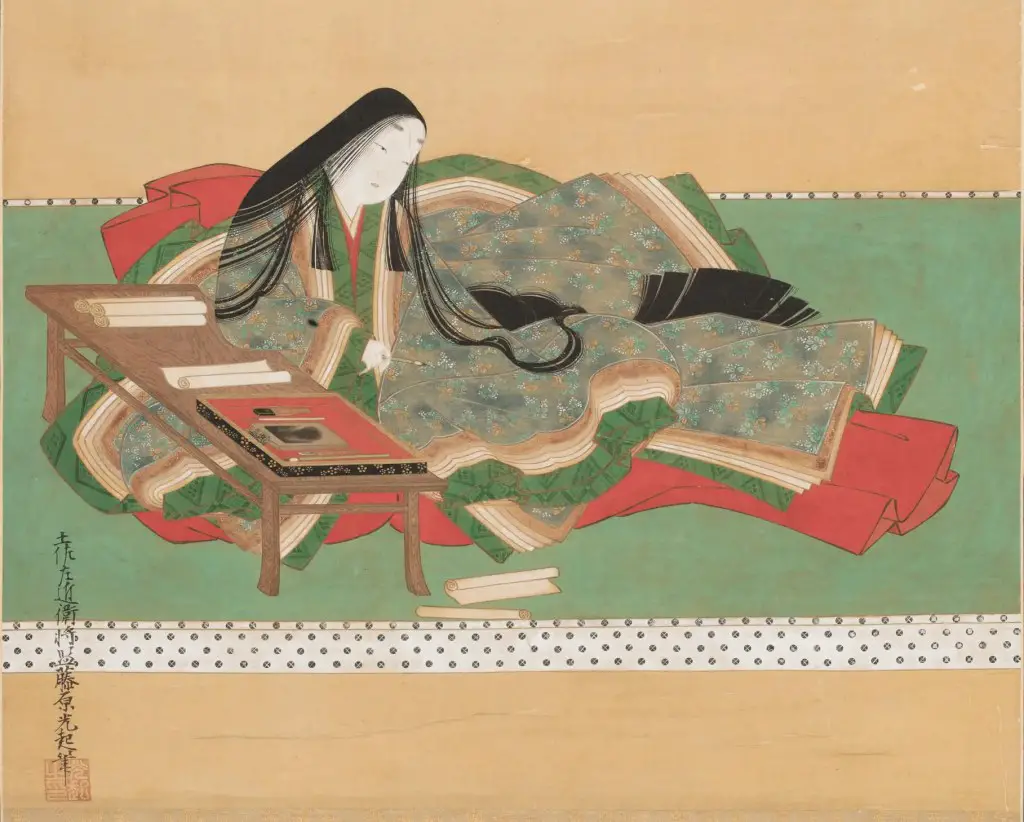
During the Heian Period, a rebellion in China disrupted Tang rule, which also interrupted China’s contact with Japan. As a result, Japan stopped sending envoys to China. This greatly affected China’s ability to influence Japanese art and culture.
Although it would be impossible for Japan to completely wipe out years of Chinese influence, Japanese culture began to drift more toward native ideas and themes.
For example, the kimono began to evolve from traditional Chinese outfits into an early version of what we would recognize as traditional Japanese clothing.
Painters stopped imitating Chinese themes, and began what is now known as Yamato-e. Yamato-e art was inspired by Japanese literature, or by Japanese natural scenes. This style would continue to influence Japanese art well into the Edo Period.
The Heian Period saw huge advances in literature, helped by the introduction of the new Japanese writing system. For example:
- The Tale of Genji by Murasaki Shikibu (shown above) tells a story of court romance and politics. It is sometimes described as the world’s first novel.
- Another Heian classic, The Pillow Book by Sei Shonagon, gives readers a look into the daily life (and essays, poems, and private thoughts) of a court lady.
Classical Japan Comes to an End
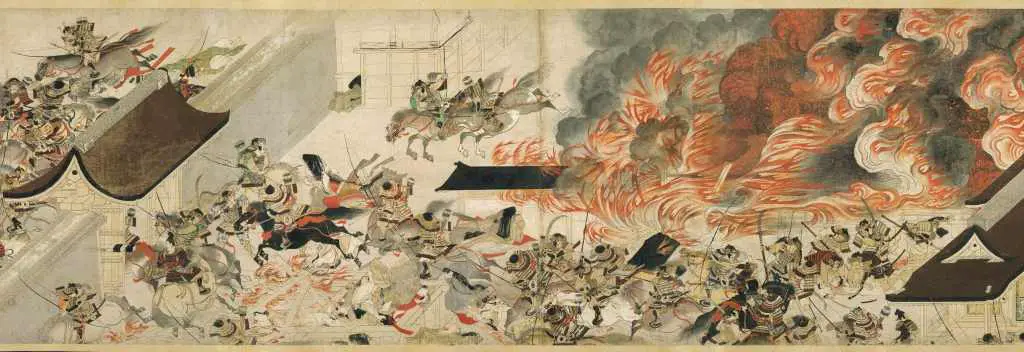
By the end of the Classical Era, the warrior classes began to take on greater importance. It started with fighting amongst aristocrats.
Although the emperor himself was never overthrown, clans could aim to marry the emperor, and subsequently become his advisors or regents.
In 645, the Fujiwara clan’s founder led a coup which resulted in the Fujiwara taking over from the Soga. But as a result, they needed soldiers to maintain control.
Inevitably, power shifted away from the aristocrats of the Imperial court. A new class, the samurai, suddenly grew as the court’s power declined.
In the Hogen Rebellion of 1156, the Taira (a.k.a. Heike) clan took over from the Fujiwara, with the help of some of the Minamoto (a.k.a. Genji) clan.
These two clans clashed in the Heiji Rebellion of 1159 (shown above), which ended with the Taira in control in Kyoto.
The Heian Period finally came to an end with the Genpei civil war (1180-1185). This time, the Minamoto won, and they moved the capital to Kamakura.
After that, the shogun and his samurai ruled Japan. The Classical Era was over.
The era left behind Classical arts and culture, a written language, and a mixture of Buddhist/ Shinto beliefs — all of which still guides Japan today.

